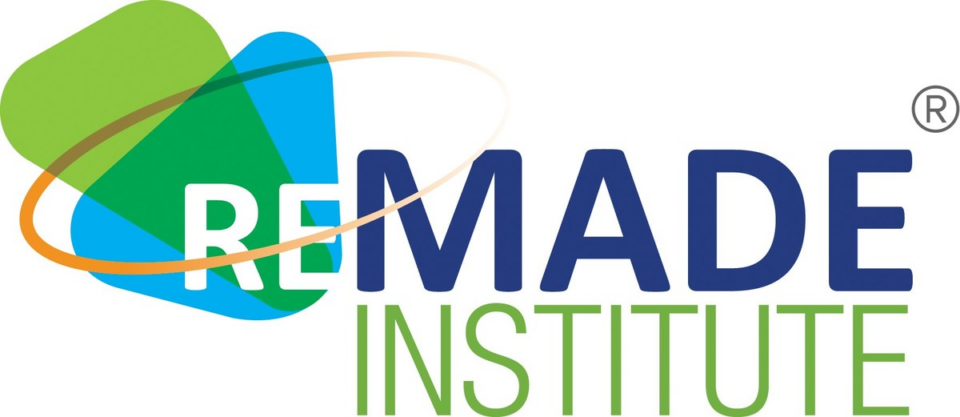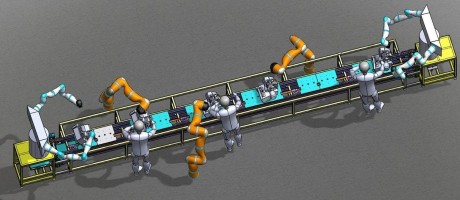
Gretchen Whitmer, governor of Michigan, proclaimed April 11, 2024, as Reman Day in Michigan to recognize the state’s attention on the benefits of remanufacturing, businesses, educational institutions, and nonprofit organizations. Proclaiming April 11, 2024 as Reman Day aims to encourage businesses, state agencies, nonprofit organizations, schools, and individuals promote remanufacturing as environmentally friendly and economically smart.






